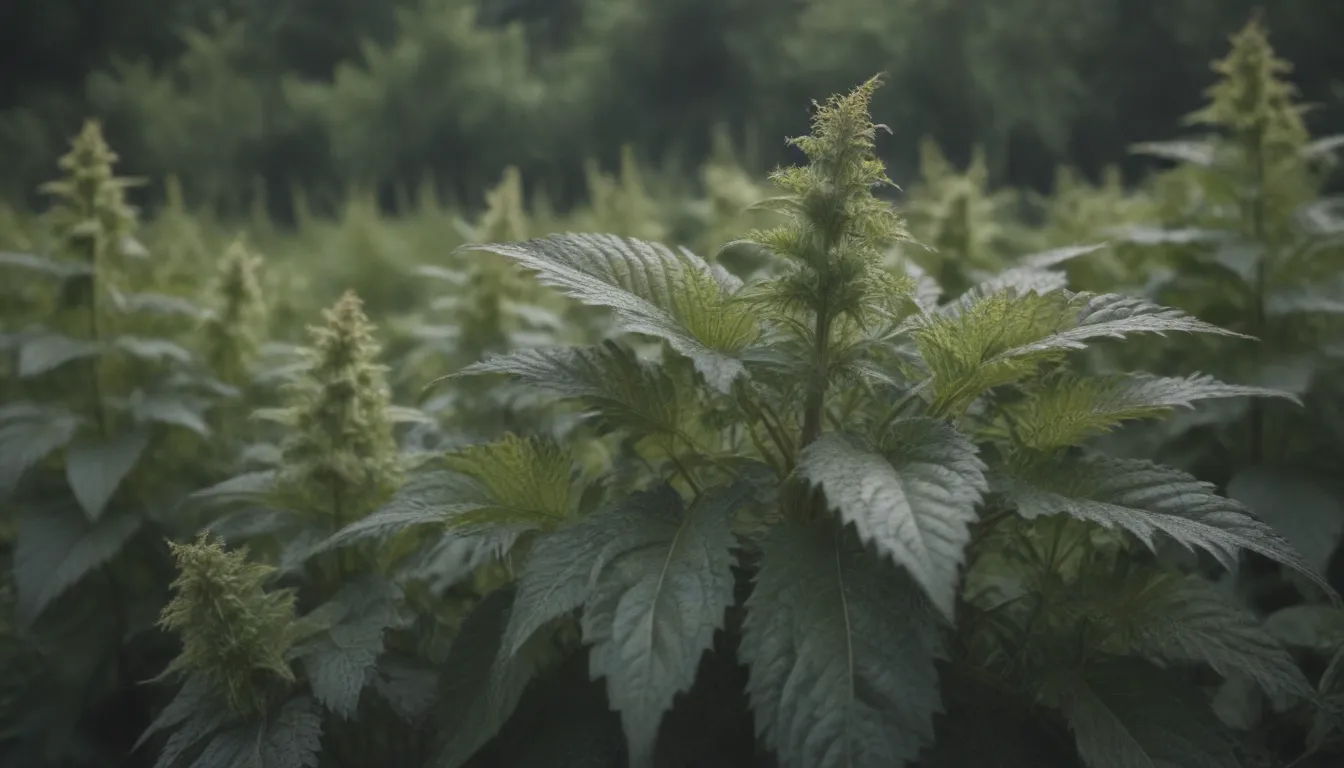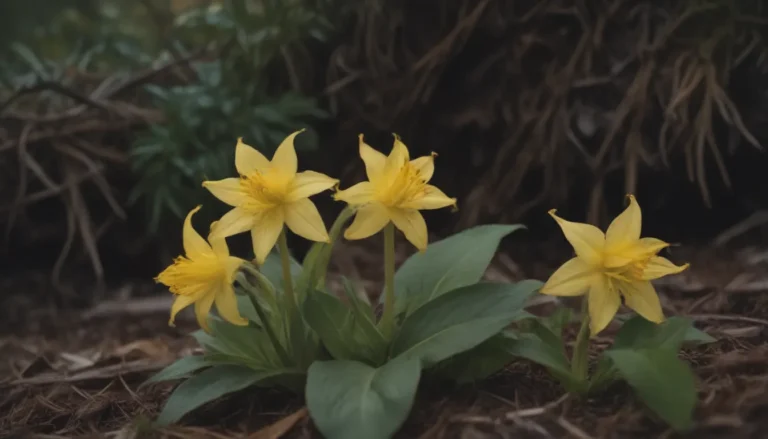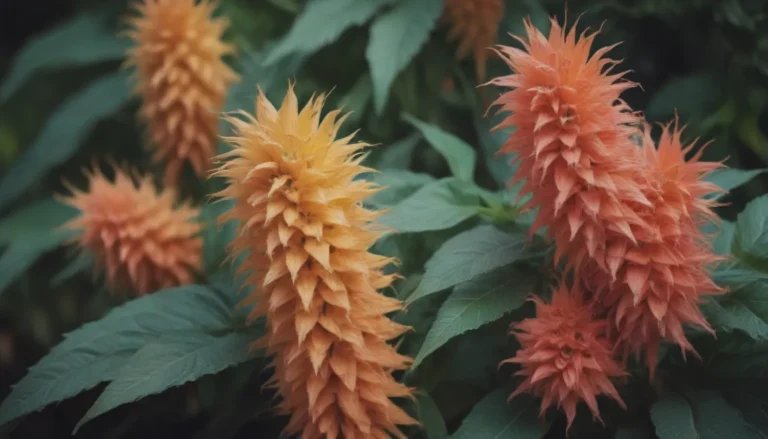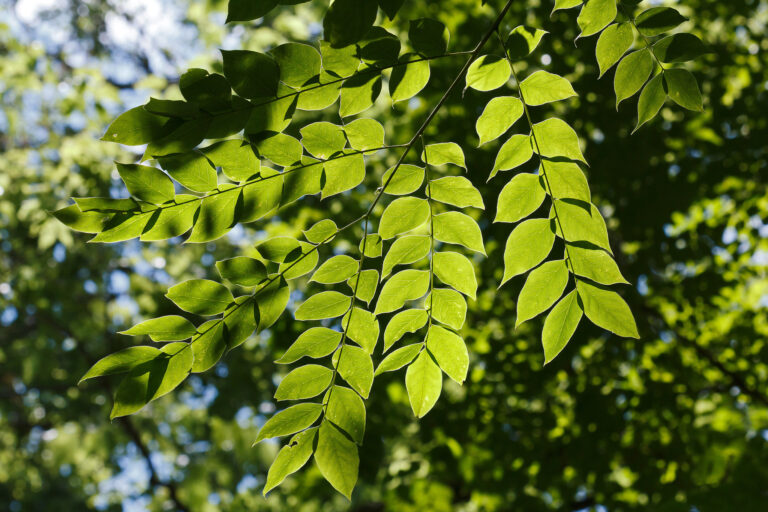The Ultimate Guide on Growing and Caring for Spotted Dead Nettles

Spotted dead nettles are a delightful addition to any garden, valued for their beautiful variegated foliage and their ability to thrive in shady areas where other plants may struggle. In this comprehensive guide, we will explore everything you need to know about growing and caring for spotted dead nettles to ensure they thrive in your garden.
What are Spotted Dead Nettles?
Spotted dead nettles, scientifically known as Lamium maculatum, are perennial ground covers that are cherished for their ability to spread and fill in bare patches of ground. These plants belong to the mint family, which hints at their toughness and resilience. While they are native to upper eastern states in the US, they can be grown in a variety of regions depending on the growing conditions.
Spotted Dead Nettle Care
When it comes to caring for spotted dead nettles, there are a few key considerations to keep in mind. Here’s how you can ensure your plants thrive:
- Plant Height: Spotted dead nettles typically grow to less than a foot tall, but their variegated foliage can spread two to three times their height.
- Flowering: While these plants are primarily grown for their foliage, their flowers can also add beauty to your garden. Be sure to remove any all-green leaves to maintain the variegated appearance.
- Spreading: Spotted dead nettles have a creeping habit and can root where their stems touch the soil, eventually forming a mat. They are excellent choices for shady areas and can be used as ground covers.
Companion Plants for Spotted Dead Nettles
When choosing companion plants for your spotted dead nettles, opt for other shade-loving varieties that complement their silvery foliage. Some great choices include:
- Hostas
- Astilbe
- Ferns
- Bleeding Heart
These plants will create a harmonious and visually appealing garden design.
Warning: Invasiveness
It’s important to note that spotted dead nettles can be invasive in certain regions. Before planting them in your garden, check with your local county extension for any warnings or guidelines specific to your area.
Growing Conditions for Spotted Dead Nettles
Light
Spotted dead nettles thrive in full to partial shade. They require minimal water when grown in full shade, making them an excellent choice for low-maintenance landscaping in shaded areas.
Soil
Plant your spotted dead nettles in acidic, well-drained, loamy soil. If your soil is clayey, adding compost can help improve drainage and promote healthy growth.
Water
While spotted dead nettles can tolerate dry soil in shady areas, they will require more water if grown in sunnier spots. Keep the soil evenly moist to ensure optimal growth.
Temperature and Humidity
These plants have a wide temperature range but may not perform well in very warm, humid conditions. Ensure they have adequate airflow to prevent issues with leaf-spotting.
Fertilizer
Compost is generally sufficient to meet the nutritional needs of spotted dead nettles. If needed, a diluted manure tea can be used as a fertilizer alternative.
Types of Spotted Dead Nettles
In addition to the classic Lamium maculatum, there are several cultivars and related plants to consider:
- Yellow Archangel (Lamium galeobdolon): A more aggressive variety with similar growing requirements.
- Cultivars of Lamium maculatum: These cold-hardy plants come in various heights and color variations, all suited to similar conditions.
Pruning and Propagating Spotted Dead Nettles
Pruning
To maintain healthy growth and appearance, prune your spotted dead nettles in the summer after their first blooming period. Removing solid green leaves and cutting back stems will encourage new growth and prevent the plant from becoming overgrown.
Propagating
Spotted dead nettles can easily propagate through runners, division, or cuttings. Here’s how you can expand your plant collection:
- Runners: Allow the plants to spread naturally through their runners.
- Dividing: Divide established plants to create new ones.
- Cuttings: Take cuttings from healthy plants to propagate them easily.
While the plants may self-seed, it’s generally more successful to propagate them through other methods.
Potting and Overwintering Spotted Dead Nettles
Potting
Spotted dead nettles are versatile plants that can thrive in containers or hanging baskets. Plant them with other shade-loving flowers for a beautiful display on your porch or patio. Remember to choose plants that have similar light and moisture requirements for a harmonious arrangement.
Overwintering
In colder regions, spotted dead nettles may become deciduous, while in milder climates, they may remain semi-evergreen. To encourage new growth in the spring, prune back the plants after the first frost or in late autumn.
Common Pests and Diseases
Spotted dead nettles are relatively low-maintenance plants but may encounter issues with pests and diseases in certain conditions. Here are some common problems to watch out for:
- Pests: Slugs, snails, and aphids are the main pests that may affect spotted dead nettles. Keep an eye out for signs of infestation and take appropriate measures to control them.
- Diseases: In humid environments, leaf-spotting may occur. Adequate spacing between plants can help reduce this issue, although it may impact their ability to fill in areas quickly.
Overall, spotted dead nettles are attractive to pollinators and wildlife, making them a valuable addition to any garden ecosystem.
In Conclusion
Spotted dead nettles are versatile, low-maintenance plants that can brighten up shady areas with their striking foliage and delicate flowers. By following the care tips outlined in this guide, you can ensure that your spotted dead nettles thrive and spread beautifully in your garden. Whether you’re a seasoned gardener or a beginner, these plants are a fantastic choice for adding color and texture to your outdoor space. Happy gardening!





